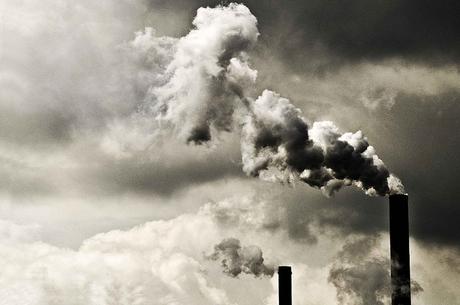Living by the most polluting incinerators in the country has become a curse for the 1.6 million Americans. They are mainly lower-income group and minority communities who are exposed to the vast majority of pollution coming out from these waste-burning plants.
A stew of unevenly distributed pollutants including mercury, lead and small particles of soot said to release from the burning of household and commercial waste. Across the US, 79% of the 73 incinerators lie within three miles of low-income and minority neighborhoods, according to research by the Tishman Environment and Design Center at the New School of New York City.

People living within three miles of an incinerator in the US are 4.4 million in total. Around 1.6 million out of this total number live close to the top 12 incinerators measured in terms of emissions of pollutant across mercury, lead, carbon monoxide, sulfur dioxide, nitrous oxide, and particulate matter.
US incinerators generally abide by rules set considering the amount of permissible emissions. However, these pollutants result in a range of health problems, including asthma and heart disease. Researchers said that even though incinerators are operating within their permits, these are adding to public health problems that heavily burden Hispanic, black, and poorer communities.
“Many of these communities sit in high concentrations of other pollution and in the US, we don’t regulate places on the cumulative burden they face,” said Ana Baptista, associate director at Tishman and the report’s co-author. “Even with the best pollution controls, there’s a real cause for concern for people living next to incinerators.”
Commissioned by the anti-incinerator group GAIA and drawn from EPA data, the report graphically represents the increase in the number of incinerators from the 1980s after the elimination of many of the most harmful landfills by federal rules.
Many US incinerators, which generally last for about 30 years, are nearing the end of their lifespans and becoming increasingly costly to maintain.
Besides, the decision of China to ban the import of most plastics for recycling forced many US cities to burn the plastic they can’t reuse. The facilities can, however, benefit from subsidies of renewable energy that help generate electricity from the burning of waste.
However, supporters of incinerators argue they are less harmful compared to landfills, which can release large amounts of a potent planet-heating gas, methane. However, activists in several cities continued their battles against nearby incinerators and celebrated with residents in Detroit after a controversial plant, blamed for pungent smells and noise, was shut down last year.
“Our communities have lost neighbours to cancer and asthma,” said KT Andresky, campaign organizer with Breathe Free Detroit. “Local businesses have been lost to crime and fires due to disinvestment around the incinerator. Entire neighbourhoods have been devastated. That is what the Detroit incinerator did while it burned all of our trash.”
In the US there is a well-established pattern of environmental injustice, where communities of color are far more likely to reside next to sources of pollution than their white counterparts such as power plants, landfills, highways, and other industry. The placement of the incinerators also follows the same pattern.
“Incinerators have historically played a significant role in the creation or expansion of environmental sacrifice zones in our most vulnerable communities, lowering housing values and increasing diseases such as cancer, asthma and other health impacts to those living in close proximity to the toxic emissions being released,” said Mustafa Santiago Ali, a former environmental justice official at the EPA who departed the agency after two decades in 2017.
According to Ali, people in vulnerable communities should get service from renewable energy and zero-waste streams that eliminates the need for incinerators.
“Incinerators have never been just about public health, they have been about, race, power, justice, governance and poverty,” he said.
“The decision we make today based on 30-plus years of environmental justice experiences will say a lot about the evolution of decision-making in our country.”

